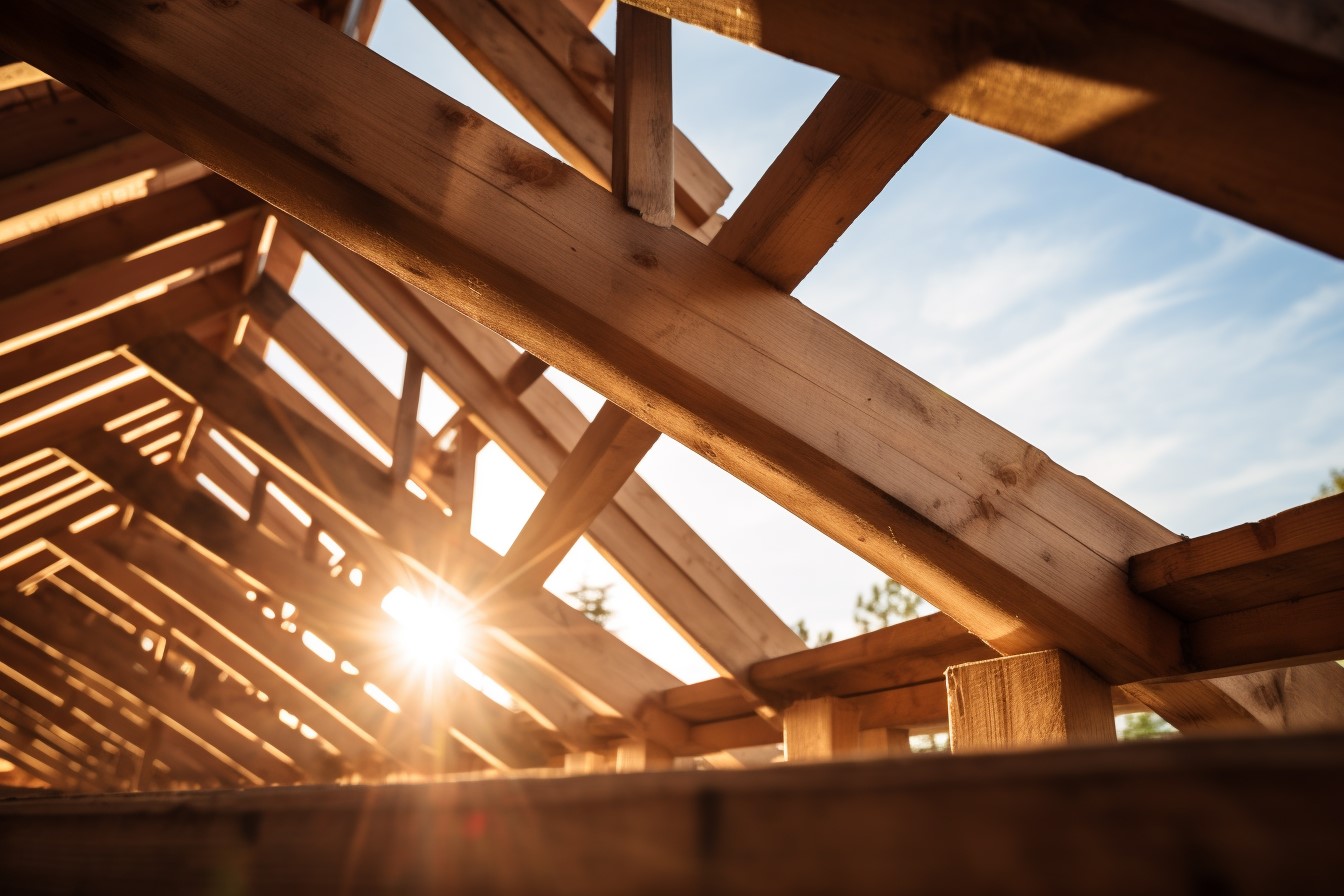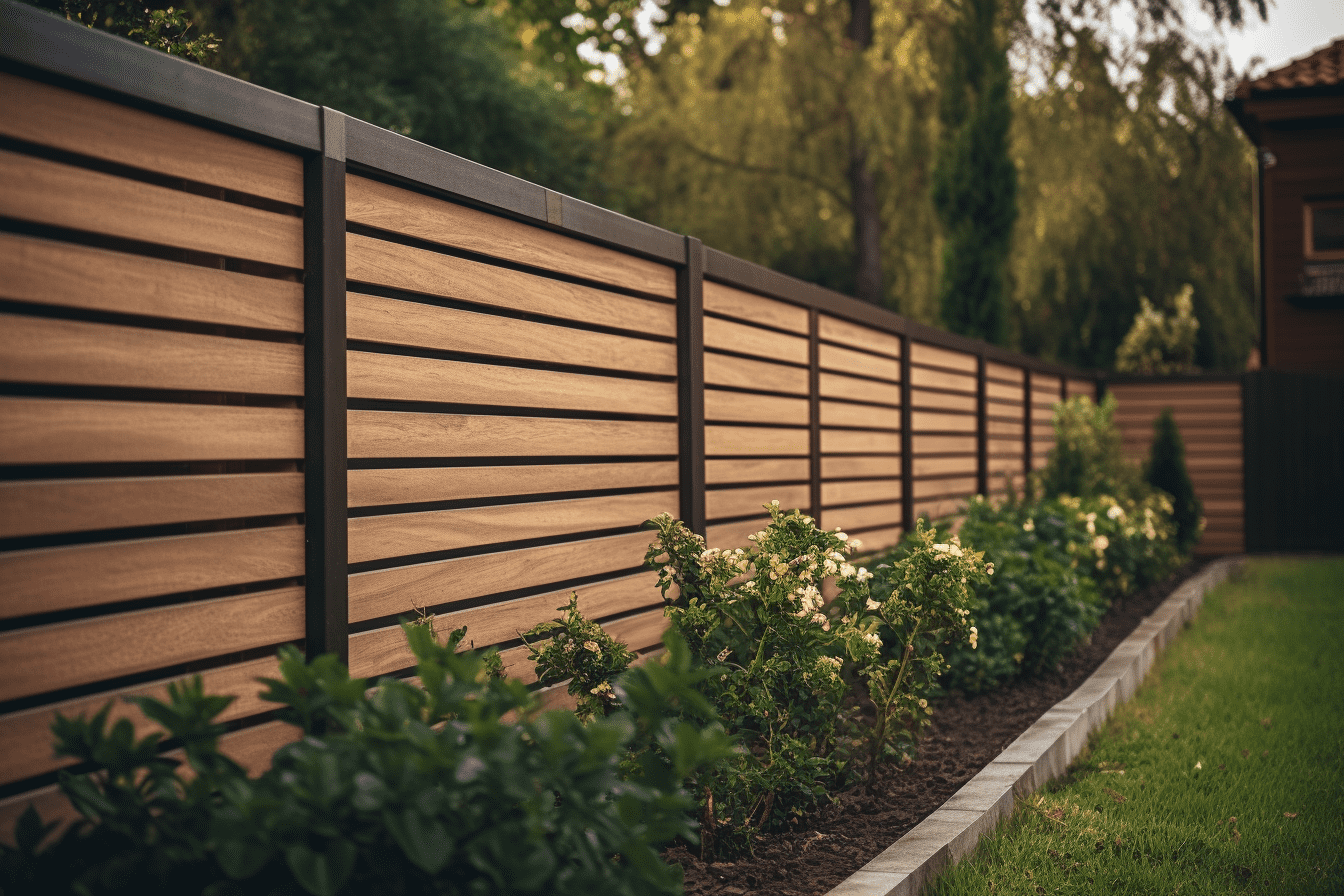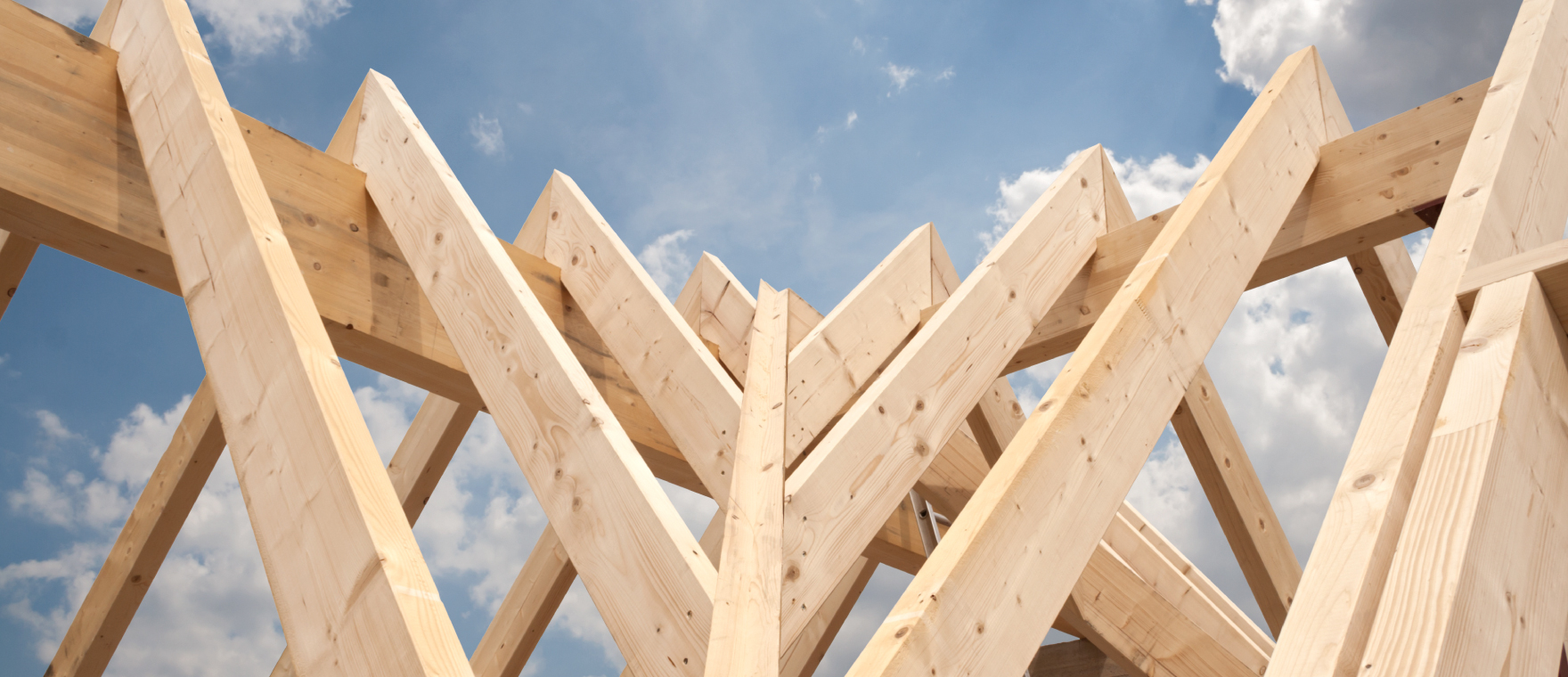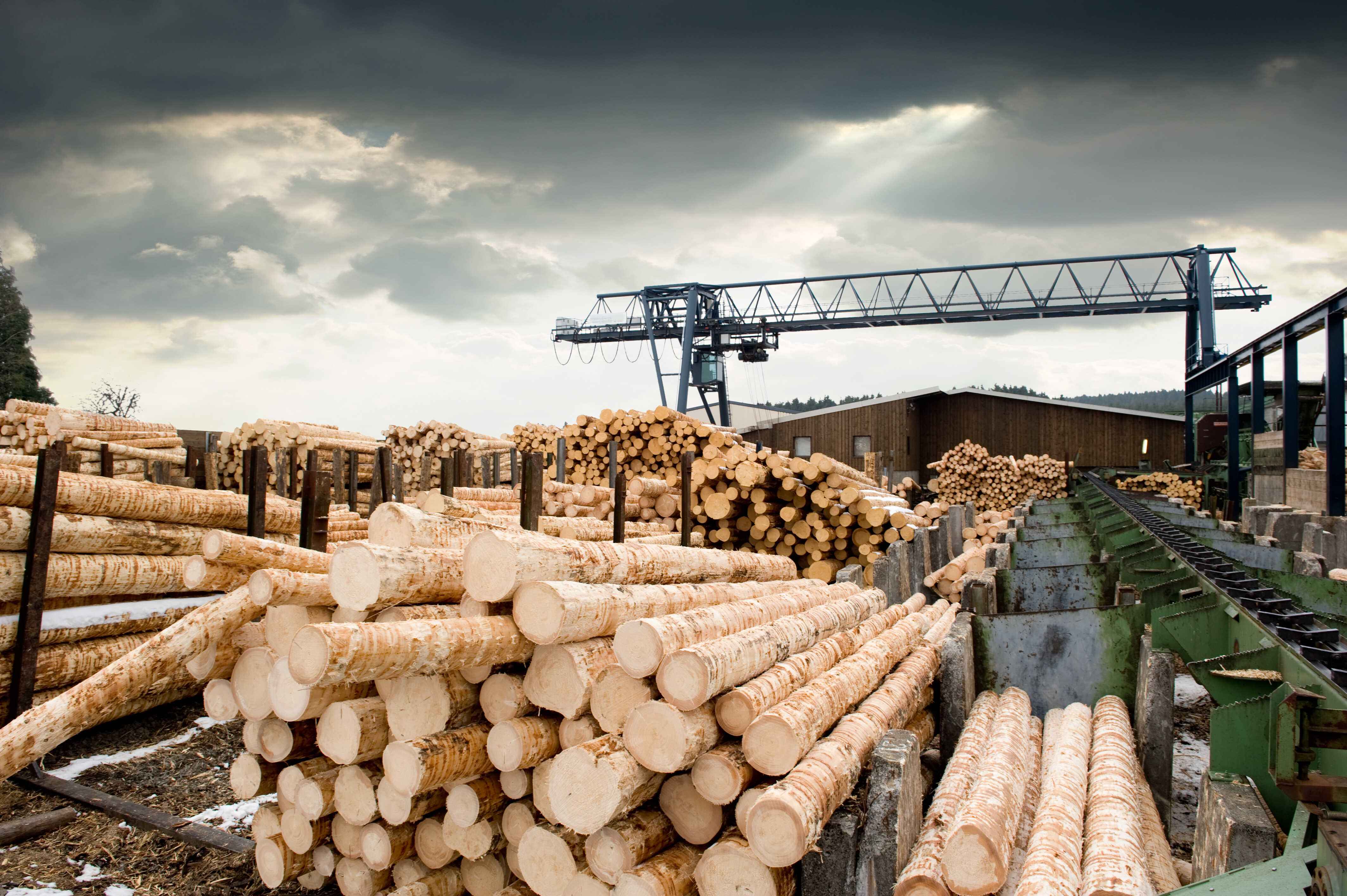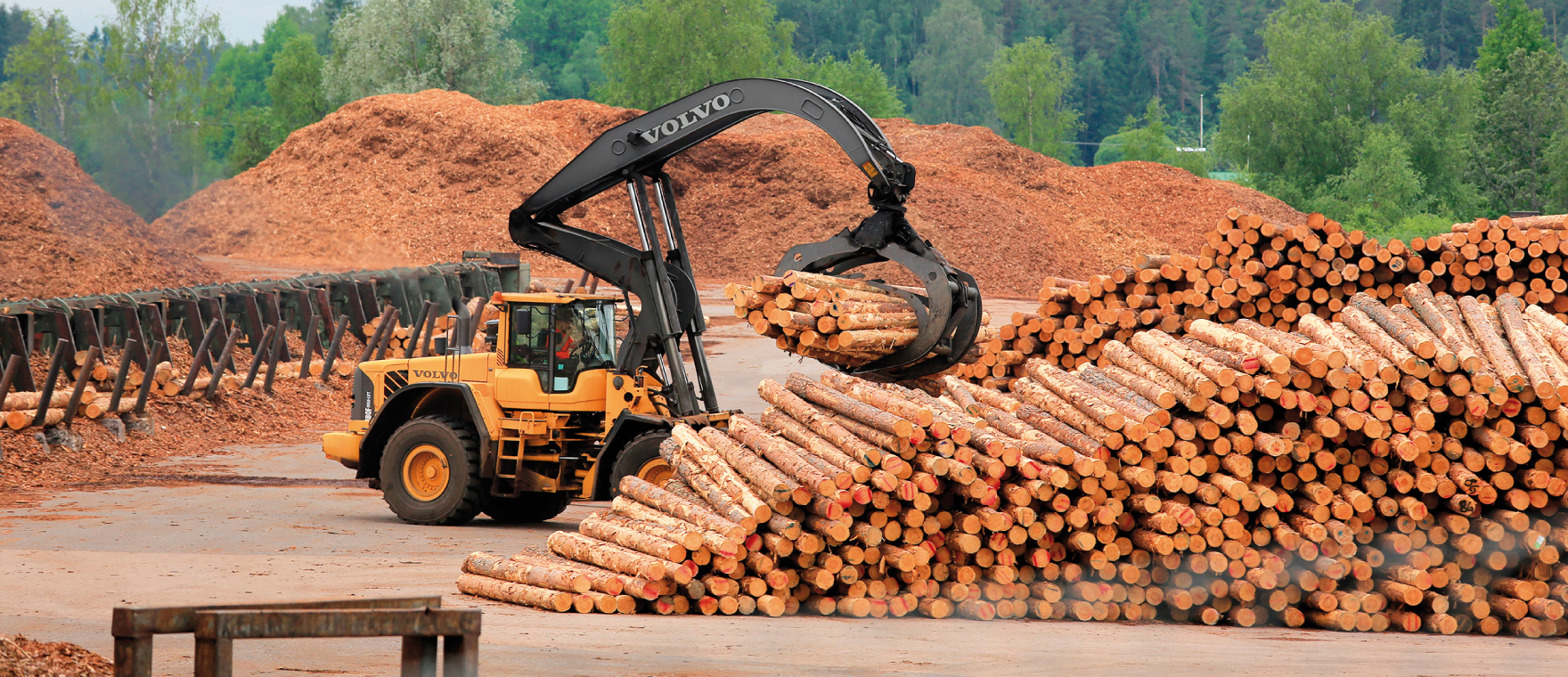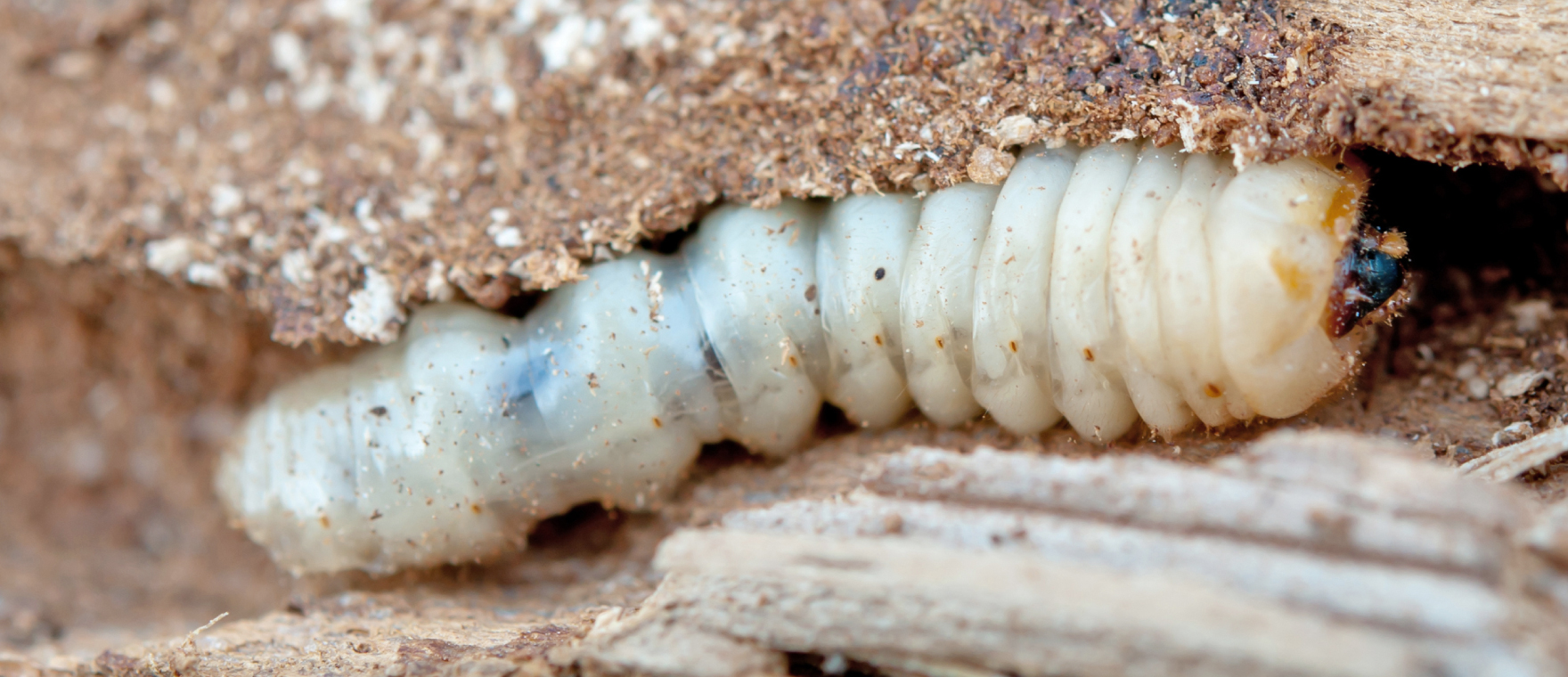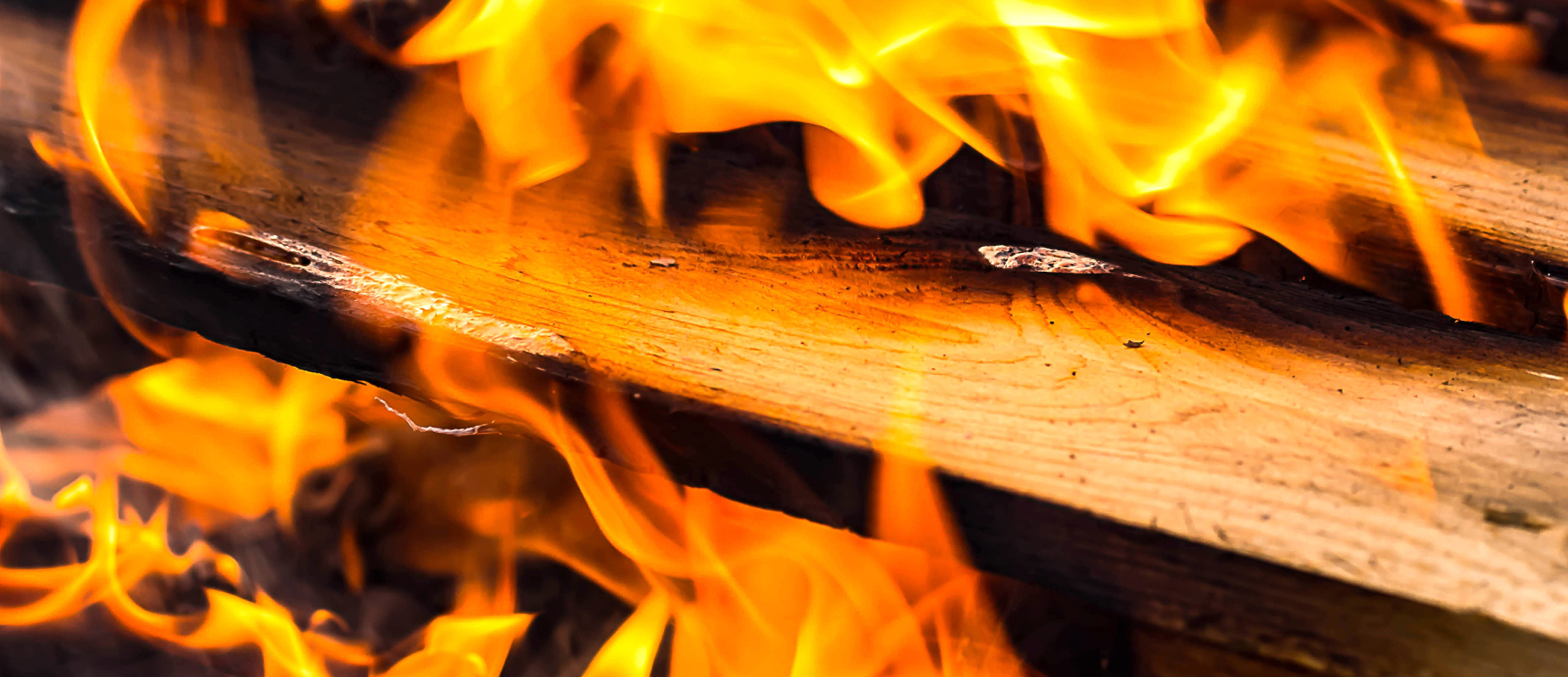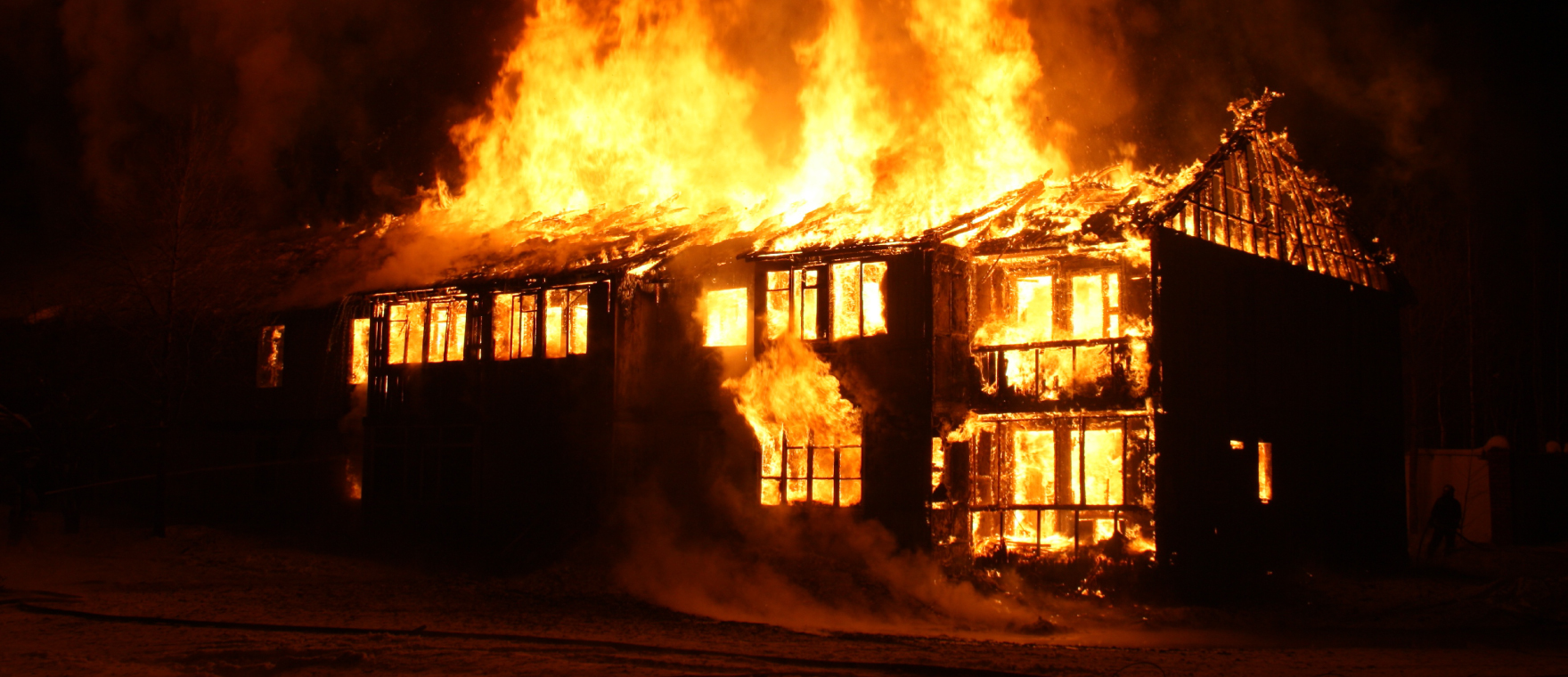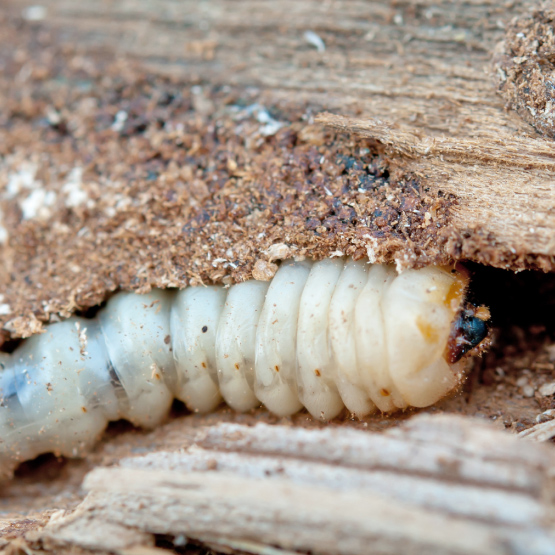- Wood protection
- About Impregnation
- Why Impregnate?
Why Impregnate?
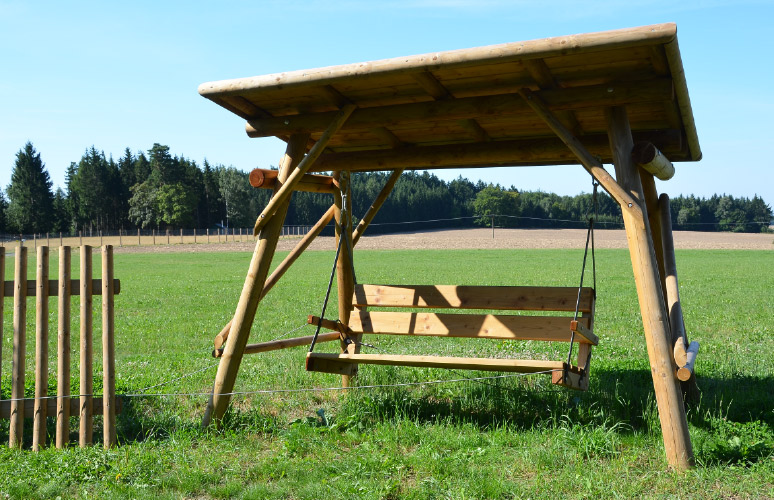
Why should timber be impregnated?

Wood is a natural material. Untreated wood is perishable over time, mostly as a result of infestation by wood-decaying insects. Wood is also at significant risk from wood-decaying mould and fungi, which tend to affect timber in conditions of high humidity. The greatest risk concerns in-built outdoor timber or timber that is in direct contact with the ground or with water. Treatment with BOCHEMIT preservatives ensures that timber remains healthy for longer and extends its life significantly.
During construction and renovation work, the importance of protecting timber buildings or elements against pest infestation should not be underestimated. When used correctly, BOCHEMIT preservatives offer professional and reliable timber protection, thus helping avoid the potential complications and costs connected with repairing infested timber in future. After all, painting, spraying or dipping is for everyone, meaning that even amateurs can rest assured that the timber in their homes will be professionally protected.

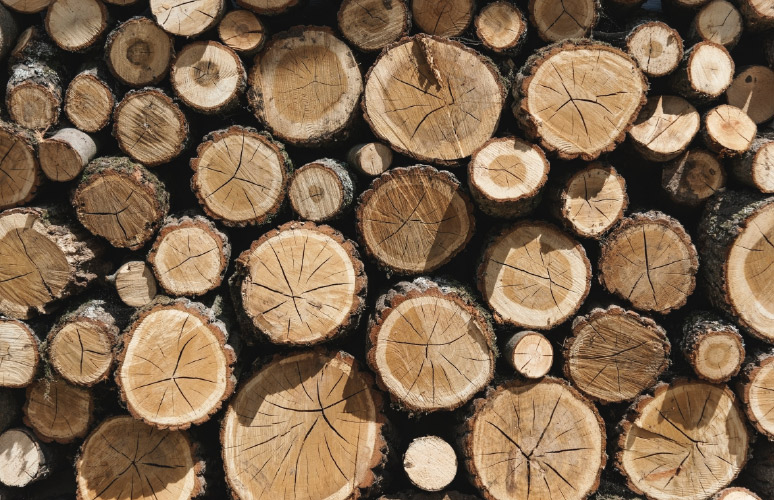
Isn’t wood inherently pest-resistant?

Commonly used timbers (spruce, pine, fir, larch, oak, beech) do not provide great resistance against wood-decaying fungi. Of these, only oak is classified as durable, while the other timbers are of moderate or poor durability.
Therefore, timber must be protected against wood-decaying fungi and insects by preventing the conditions from being created that are conducive to wood timber, particularly in terms of moisture and temperature.

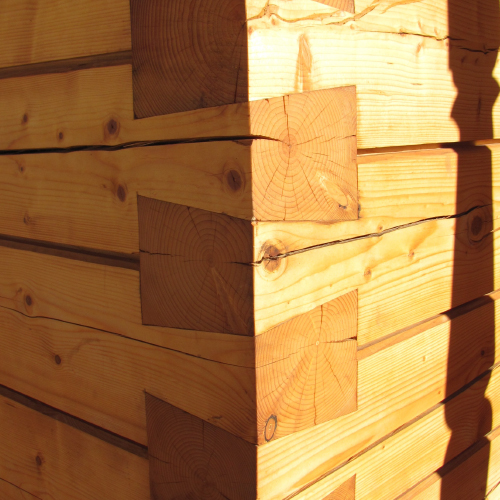
Do varnishes and paints not offer sufficient timber protection?

When used on their own, conventional topcoats and paints do not protect wood from infestation by most wood-decaying insects. Temperature fluctuations cause timber to shrink and expand, causing coats to crack.
For larger cracks, unimpregnated timber is more susceptible to infestation from biotic pests, which can penetrate the wood through these cracks.

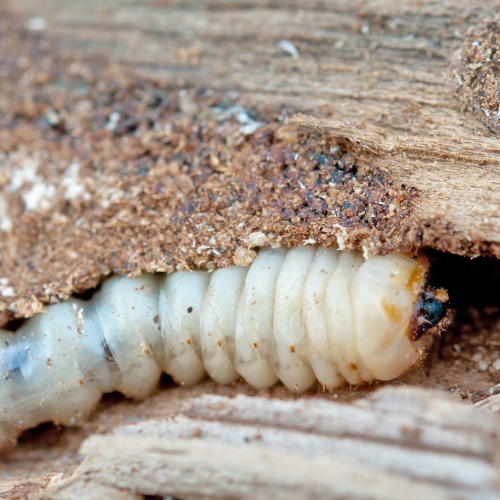
Which timber elements should be protected against wood-decaying insects and fungi?

Load-bearing timber elements should be chemically preserved to enhance timber durability, as should timber elements that are hard to replace or repair.
Construction errors can cause leakage from rainfall or vapor condensation to occur under variable temperatures. A risk is also posed by horizontal surfaces on buildings that cannot drain easily, Weather-exposed wood (e.g. exposed to direct rainfall) is at even higher risk of infestation due to conditions of constantly high humidity.

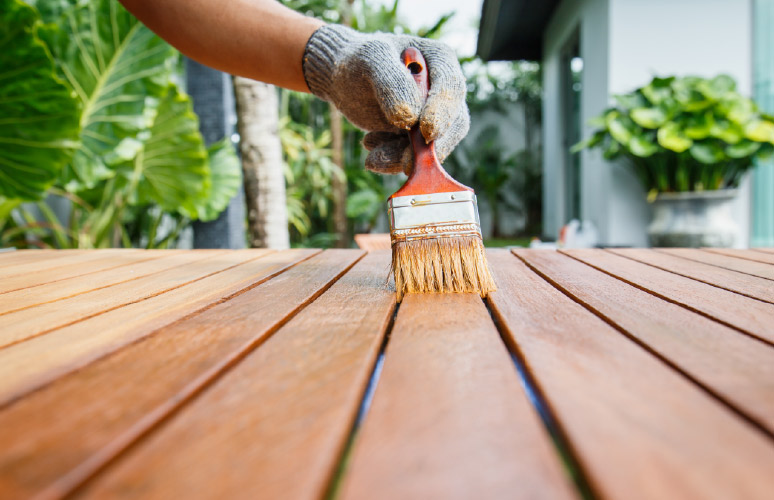
Can I impregnate timber by myself?

Anyone can perform timber impregnation. BOCHEMIT Opti F+ and BOCHEMIT QB Hobby are the BOCHEMIT products most suited to this type of application and are available in coating form.
For larger-scale construction work, we recommend contacting professional suppliers of impregnated timber.


